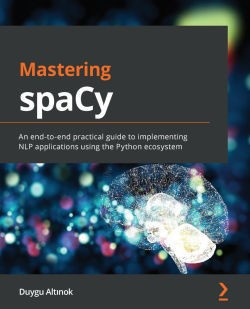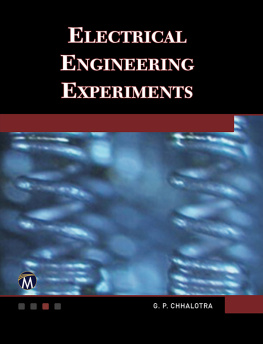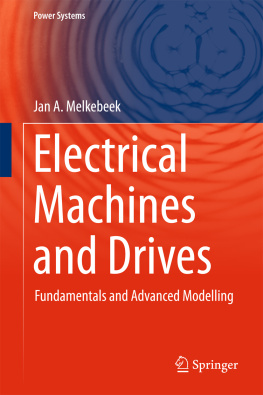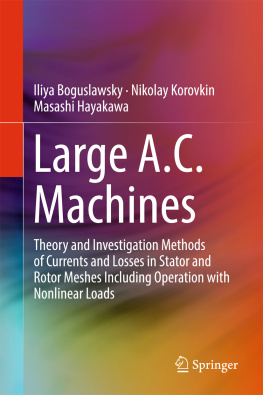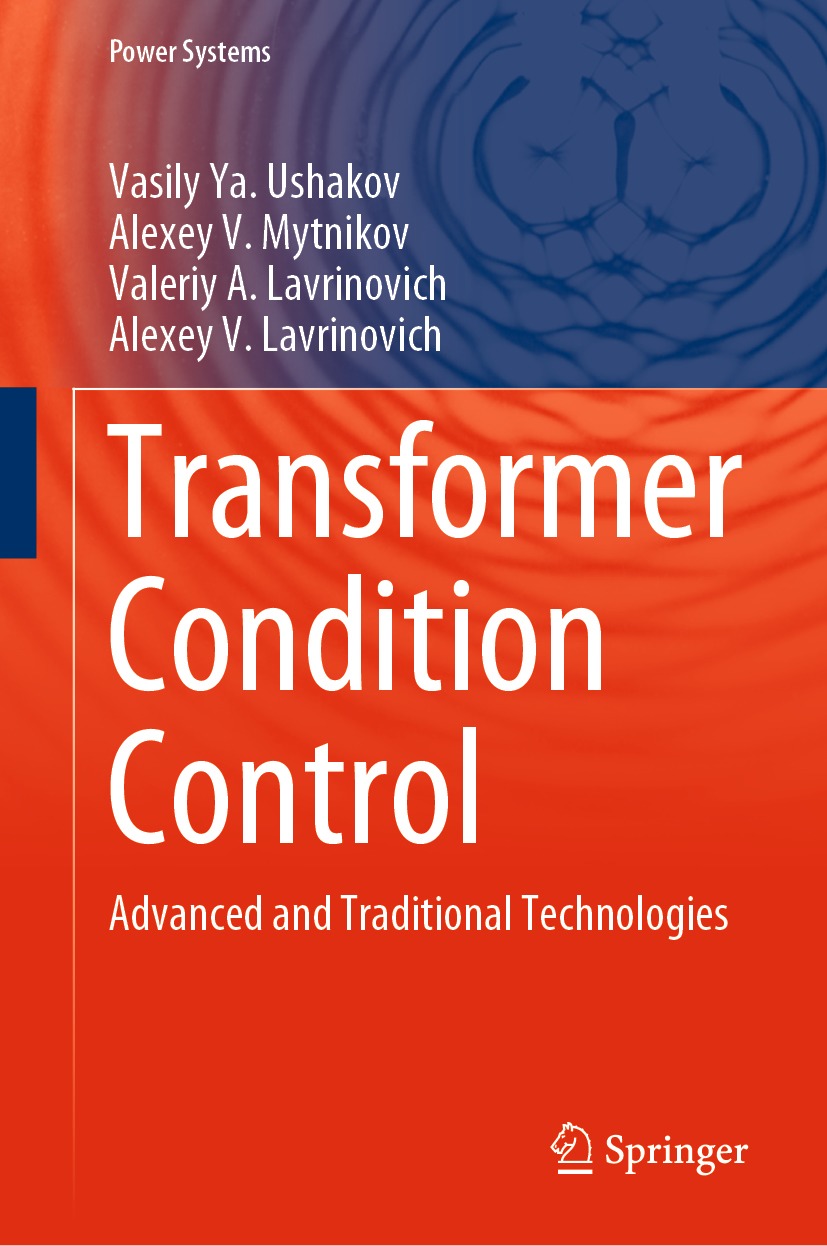Power Systems
Electrical power has been the technological foundation of industrial societies for many years. Although the systems designed to provide and apply electrical energy have reached a high degree of maturity, unforeseen problems are constantly encountered, necessitating the design of more efficient and reliable systems based on novel technologies. The book series Power Systems is aimed at providing detailed, accurate and sound technical information about these new developments in electrical power engineering. It includes topics on power generation, storage and transmission as well as electrical machines. The monographs and advanced textbooks in this series address researchers, lecturers, industrial engineers and senior students in electrical engineering.
**Power Systems is indexed in Scopus**
More information about this series at http://www.springer.com/series/4622
Vasily Ya. Ushakov
Tomsk Polytechnik University, Tomsk, Russia
Alexey V. Mytnikov
Institute of Power Engineering, Tomsk Polytechnic University, Tomsk, Russia
Valeriy A. Lavrinovich
Russian Federal Nuclear Center, Russia Research Institute of Technical Physics, Moscow, Russia
Alexey V. Lavrinovich
Tomsk Oil and Gas Research and Design Institute, Tomsk, Russia
Translated by
Pavel Yu. Moshin
Tomsk State University, Tomsk, Russia
ISSN 1612-1287 e-ISSN 1860-4676
Power Systems
ISBN 978-3-030-83197-4 e-ISBN 978-3-030-83198-1
https://doi.org/10.1007/978-3-030-83198-1
Translation from the Russian language edition: Original Title by Vasily Ya. Ushakov, et al., The author 2020. Published by Original Publisher. All Rights Reserved.
The Editor(s) (if applicable) and The Author(s), under exclusive license to Springer Nature Switzerland AG 2022
This work is subject to copyright. All rights are solely and exclusively licensed by the Publisher, whether the whole or part of the material is concerned, specifically the rights of translation, reprinting, reuse of illustrations, recitation, broadcasting, reproduction on microfilms or in any other physical way, and transmission or information storage and retrieval, electronic adaptation, computer software, or by similar or dissimilar methodology now known or hereafter developed.
The use of general descriptive names, registered names, trademarks, service marks, etc. in this publication does not imply, even in the absence of a specific statement, that such names are exempt from the relevant protective laws and regulations and therefore free for general use.
The publisher, the authors and the editors are safe to assume that the advice and information in this book are believed to be true and accurate at the date of publication. Neither the publisher nor the authors or the editors give a warranty, expressed or implied, with respect to the material contained herein or for any errors or omissions that may have been made. The publisher remains neutral with regard to jurisdictional claims in published maps and institutional affiliations.
This Springer imprint is published by the registered company Springer Nature Switzerland AG
The registered company address is: Gewerbestrasse 11, 6330 Cham, Switzerland
Preface
The United Nations (UN), the International Energy Agency (IEA), the European Energy Charter, and other supranational and national structures related to the problem of meeting a growing need of mankind for electrical energy, name among the most serious challenges the aging of the entire power infrastructure and, primarily, the aging of electric power grids (EPG). Power transformers are one of the most complex in design, expensive, and widespread elements of EPG. For example, the total number of power transformers in all voltage classes (except instrument transformers) as a whole across the Unified National Power Grid (UNPG) and Distribution Grid Companies (DGC) of Russia amounted as of 2011 to 643.3 thousand units, their installed capacity being 832.6 thousand MVA. The total capacity of power transformers in Russian power systems of all voltage classes above 3 kV is currently 66.5 times higher than the installed capacity of all power plant generators due to a technological need for several stages of voltage transformation in the process of electricity transmission and distribution. The main part of transformers (in terms of quantity) consists of transformers with voltage up to 20 kV (94.7%), which are installed most entirely in distribution networks that serve agricultural purposes. The UNPG facilities account for about 0.8% of transformers in terms of quantity, and for about 37.8% in terms of capacity, while the DGC facilities account for 99.2% of transformers in terms of quantity and 62.2% in terms of capacity. Of the total number of power transformers installed in UNPG networks with voltage of 110 kV and higher, 55.3% of the units have exhausted their resource (as of 01.01.2012), with the accepted standard resource of service life for basic electrotechnical equipment being 25 years.
Approximately the same situation is typical for all countries with a developed electric power industry. As in Russia, despite the fact that many transformers have completed their standard service life, they continue to be operated due to the reason of saving the finances needed for replacement. In order to prevent severe accidents due to transformer failures in electric power systems, regulatory documentation has been developed and is implemented to control the diagnostics of power transformer conditions. The regulatory documentation of the Russian UNPG, put into effect in 2017, prescribes complex diagnostic tests (CDT) of transformers according to 12 points:
Chromatographic analysis of dissolved gases.
Moisture content assessment of solid insulation.
Insulation resistance measurement.
Measurement of the tangent of the angle of dielectric losses in the insulation of the windings.
Assessment of paper insulation conditions in windings.
Insulation test using increased voltage of 50 Hz.
Measurement of winding resistance to direct current.
Checking the transformation ratio.
Checking the group of connections in windings.
Transformer phasing.
Measurement of no-load losses at low voltage.
Measurement of short-circuit resistance (Zs.c).
Besides, if any additional data on transformer conditions are needed, then, depending on the decision of an enterprise, additional tests are made:
Despite such comprehensive CDT, sudden transformer failures continue to occur directly after an inspection issuing an act granting further operation. The reason for this to happen is the presence of hidden defects undetectable by regulatory diagnostic procedures. These defects include, for instance, displacement of winding coils relative to each other in different directions: axial and radial shifts, coil lowering, and other displacements. Any shift leads to an increase in the electric field strength between the shifted coils, and then to a subsequent speedup of insulation degradation in this locality, eventually causing a breakdown.






